Dark blue.
It’s a cool, calm, austere color.
But
Ancient japanesene navy blue“Konjo-blue” had the exact same composition as Gunjo-blue(turquoise dark blue)!
Conclusion.
Ancient Japanese people felt the deep blue of navy blue was precious and and considered it special!
In this issue, we will explain such a precious blue color,”Konjo-blue”!
Contents
- 1 What kind of color is Konjo-blue?
- 2 The natural pigment for Konjo-blue is azurite
- 3 The difference between azure and turquoise was the preciousness of the color.
- 4 use of Konjo-blue in japanese painting
- 5 ConclusionーJapanese traditional color ”Konjo-blue”
- 6 TANSEI SHINAN, Translation from the Modern Language
What kind of color is Konjo-blue?
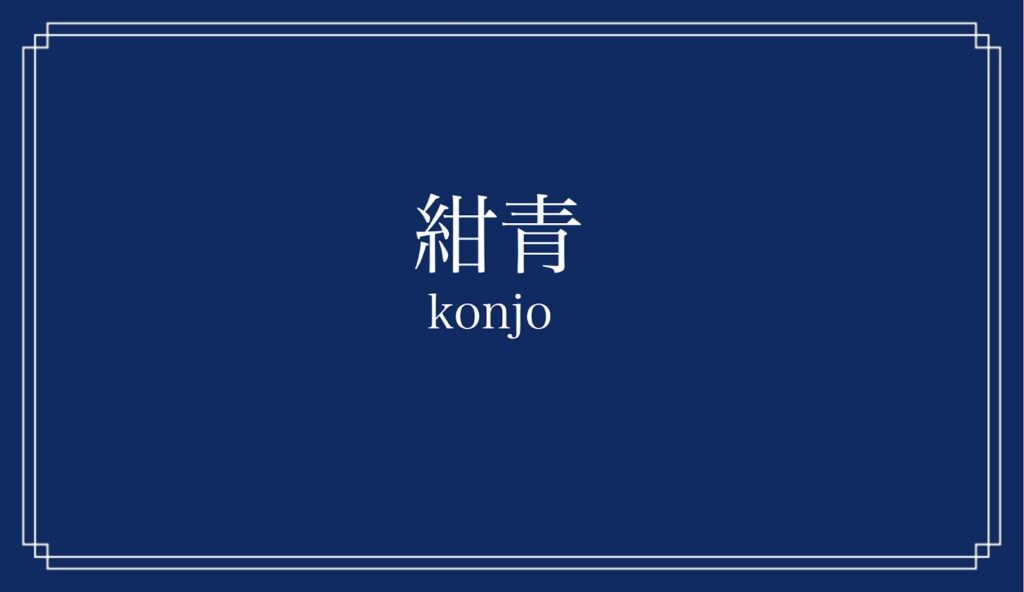
| Japanese name | Konjo |
| Color code | #102B62 |
| RGB | (16, 43,98) |
| Munsell value | 5PB 3.0/4.0 |
| English name | Royal Blue Prussian Blue |
Konjyo is read as “dark blue”.
In ancient times, it was also written as “golden blue.
It is also described as “a deep blue with a slight purplish tinge” or “a dark blue with a slight purplish tinge.”
It is a dark blue.
It is a color in the same family as Gunjo-blue, but is characterized by its darker blue color.
It is a color with a long history, and its name was found in the Shosoin documents.
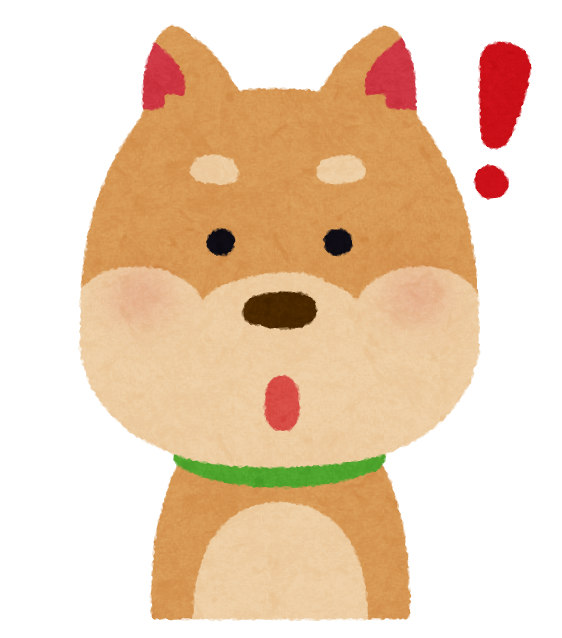
So Konjo-blue is a darker blue than Gunjo-blue!
Konjo blue is Royal Blue in English!
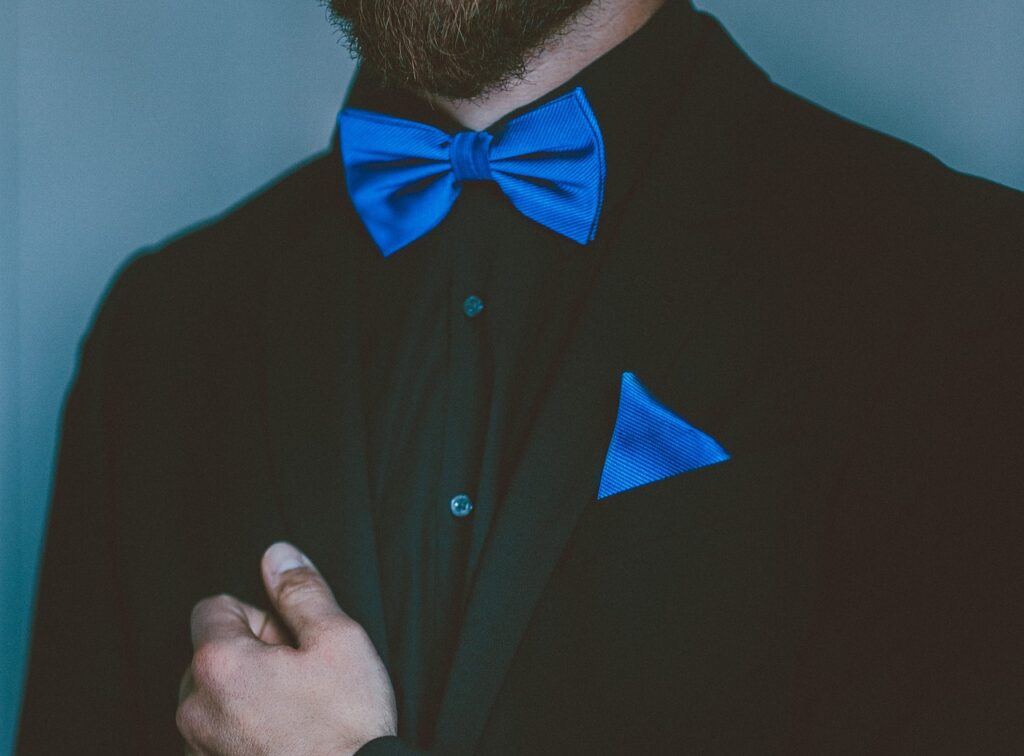
Konjo-blue would be closer to royal blue in English.
Royal blue was designated as the official color of the British royal family in 1892.
The purplish blue was considered a “luxurious color” in many parts of the world.
In Japan, Konjo-blue was also considered a special blue.
Therefore, “royal blue” is more appropriate in both hue and meaning than the simple “dark blue”.
Reference:Where do color names come from?

So royal blue is closer in both hue and meaning!

In terms of paint colors, Prussian Blue is the major one.
Konjo-blue means self-respect!
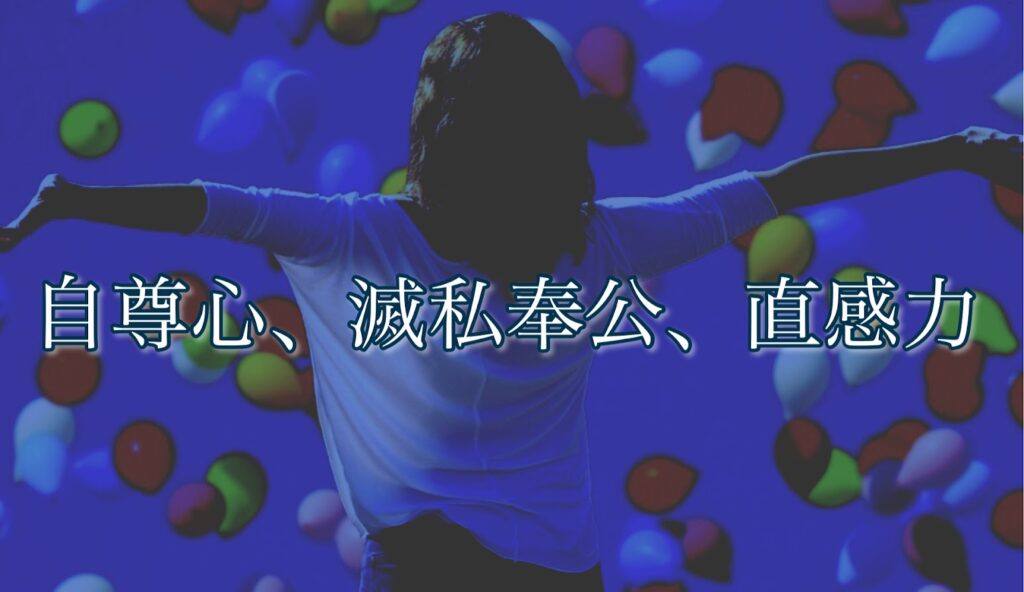
Dark blue is the birthday color of July 13.
The color words are “self-respect, selflessness, and intuition.
Blue in nature is the sky and the sea.
From this, blue colors have taken on meanings such as “mystery and calmness.
The austere and calm navy blue color is appropriate for the meaning of “discipline oneself and serve society.
In spirituality, navy blue is considered to be the color of the “sixth chakra,” which governs “intuition.
The natural pigment for Konjo-blue is azurite
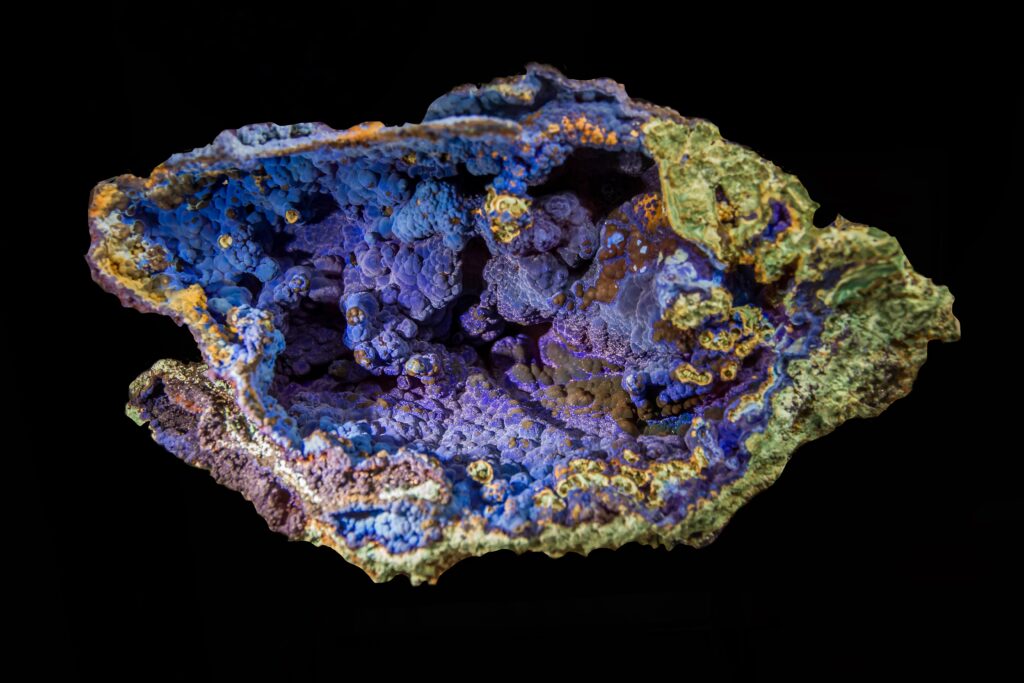
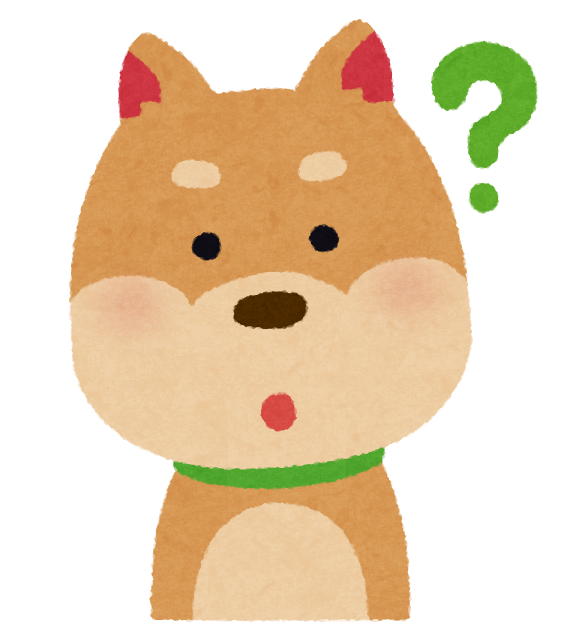
What is the raw material of Konjo-blue?

In natural pigments used in Japanese painting, the raw material is azurite
Konjo-blue pigments are made from a natural stone called “ azurite“
The similar “Gunjo-blue” color is also made from the same stone.
However, this is only for traditional Japanese paints.
In most cases, artificial pigments are used as raw materials.
Konjo-blue is generally a dark blue with purplish tints.
紺青(色)|wikipedia
In this case, the color name is derived from the artificial pigment dark blue, which is mainly composed of ferric ferrocyanide, and is the same color that is called Prussian blue ( [Note 1]).
The difference between azure and turquoise was the preciousness of the color.
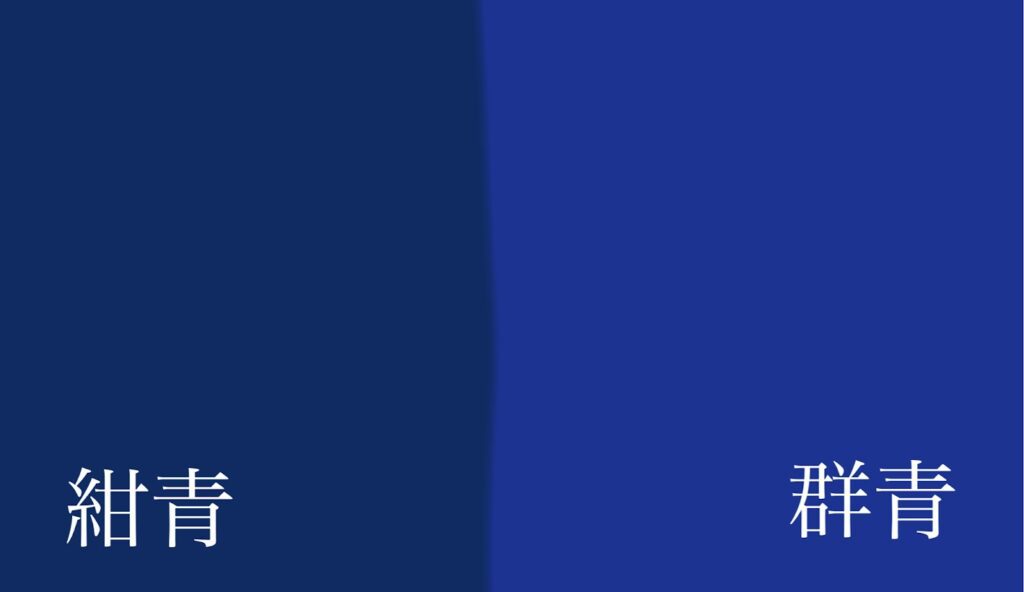

mineral pigments’s Konjo and Gunjo are made of the same stuff!
So what was the difference?

The Konjo-blue is darker!
The book states.
“KON-JO” is a darker version of “Gunjo”.
Illustrated Encyclopedia of Japanese Painting Terms
A darker version of gunjo-blue, closer to navy blue.
The only difference as a Japanese painting medium is the color.
The Munsell values are as follows

| Gunjo-blue | 7.5PB 3.5/10.5 |
| Kobjo-blue | 5PB 3.0/4.0 |
(Written by Kunihiko Takei|Kasama Shoin | 1973)
Dark blue has a slight purplish tinge.
It is also lower in lightness and saturation.
Konyeon is made from the same raw material as Gunzeong.
But it is a slightly darker blue.
Why was this considered a different color?
According to “Where did the names of colors come from?”
Among the deep blues, the one with a particularly strong bluish tinge was the most prized, and was called “dark blue. It was truly the king of blue.
Where do the names of colors come from?” p.185)

In an experiment conducted by Tetsuo Yanase in 1987, the most popular color in the world was bright blue!
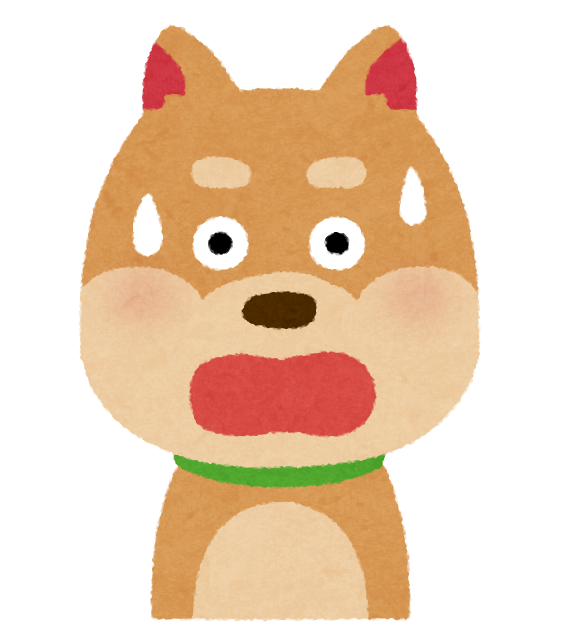
Of all the blues, dark blue was special!
use of Konjo-blue in japanese painting
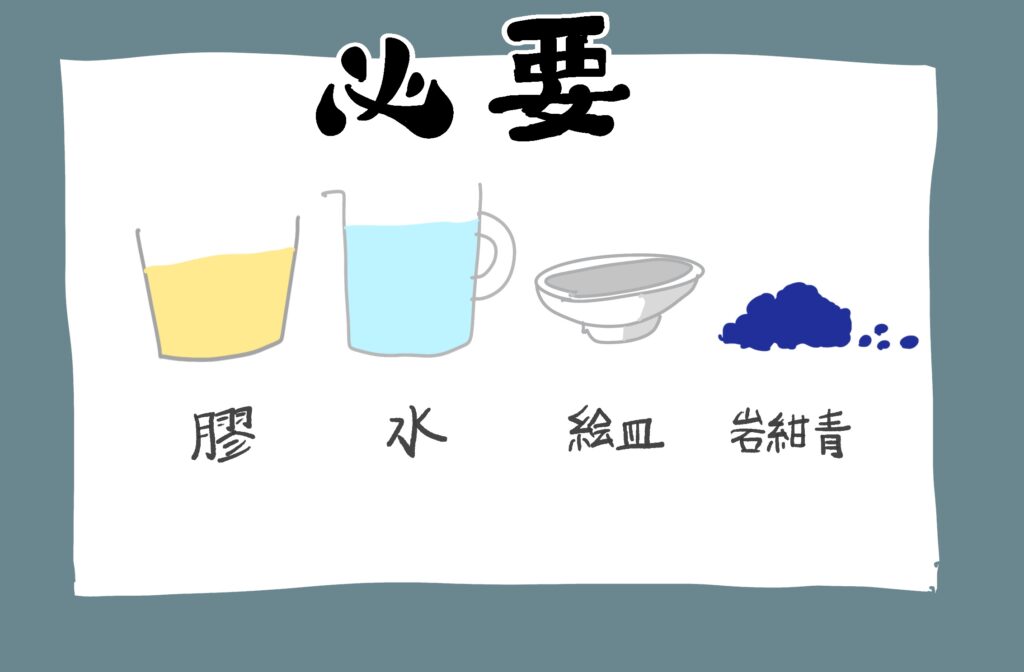

How was traditional Japanese Konjo-blue used?

Let’s check how to use it based on the Kano school’s technique book, “Tansei Shinan”!
①Dissolve and knead a lot of glue
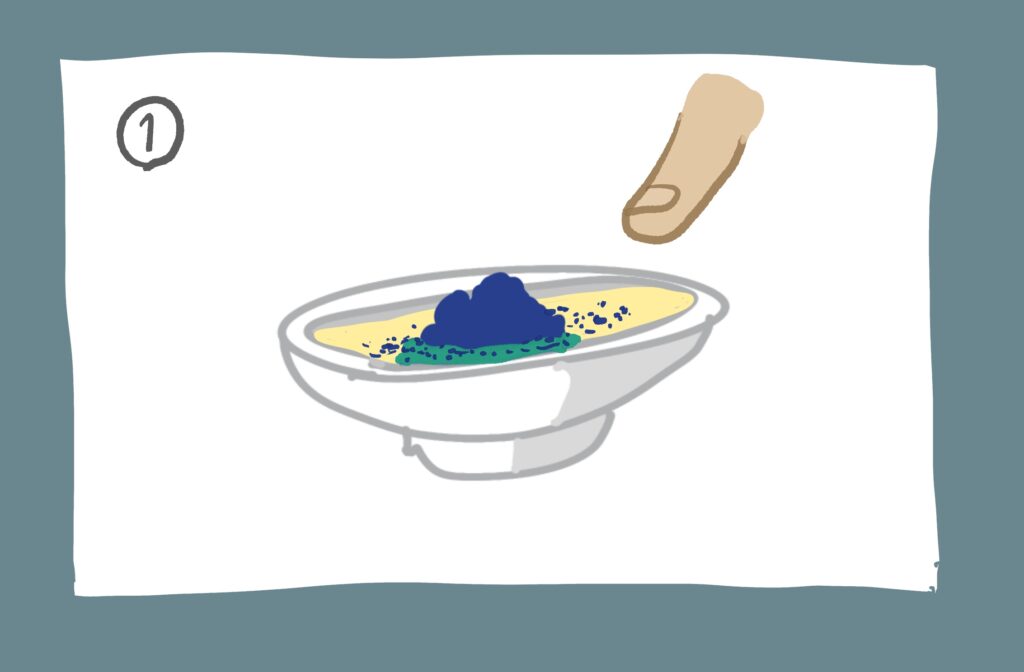
First, dissolve a large amount of glue in a picture dish.
Put Konjo-blue mineral pigments in it and knead well with your fingers.
②Add water to separate them.
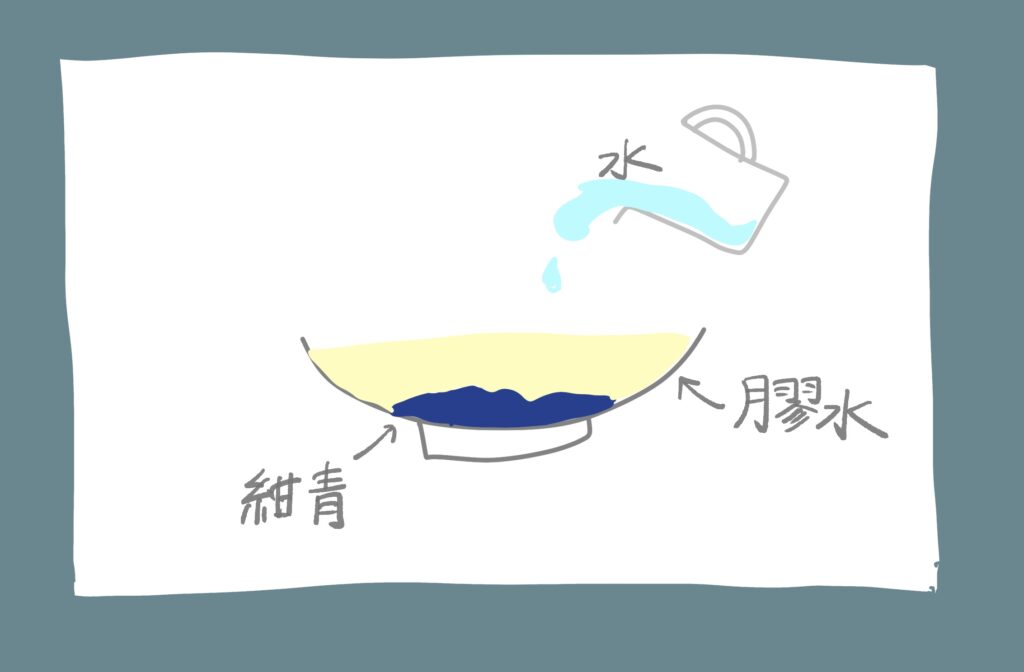
After mixing with glue Pour more water.
Then, all the Konjo-blue will sink to the bottom.
The glue water and the Konjo-blue will separate completely!
Put this on the brush and use it!
③Paint evenly!
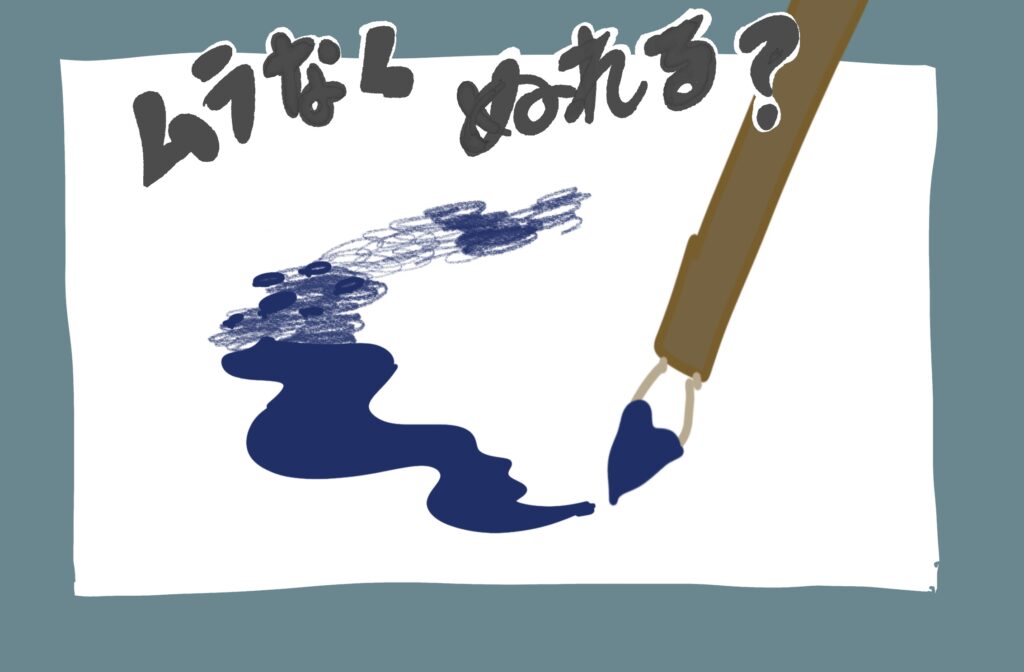

It takes a knack to paint evenly!
To apply dark blue and other mineral pigments evenly, follow the steps below!
- Apply the paint in a dotted pattern.
- Apply a little more paint on the brush.
- Apply several more coats.
Try this method to get an even coat!
ConclusionーJapanese traditional color ”Konjo-blue”
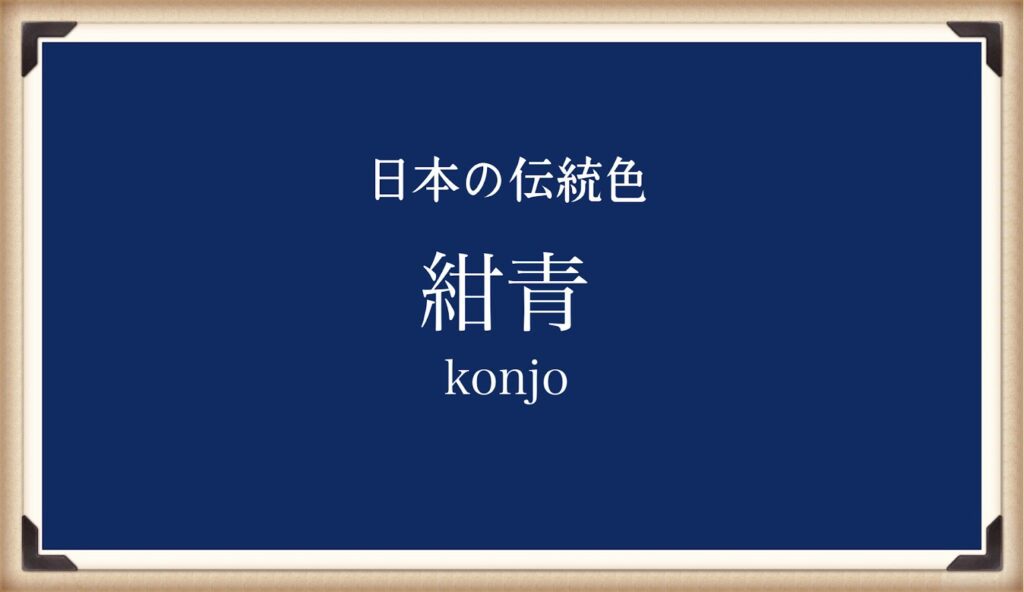
This is all about the traditional Japanese color “Konjo”!
“Konjo-blue” was traditionally used in Japan.
It was made from a stone called ” azurite,” which is the same as Gunjo-blue.
However, a particularly konjo-blue was regarded as a special dark blue and was respected as such.
The next time you use konsei (and prussian blue), try to use it while thinking, “What an amazing color! ”

“What an amazing color!
TANSEI SHINAN, Translation from the Modern Language
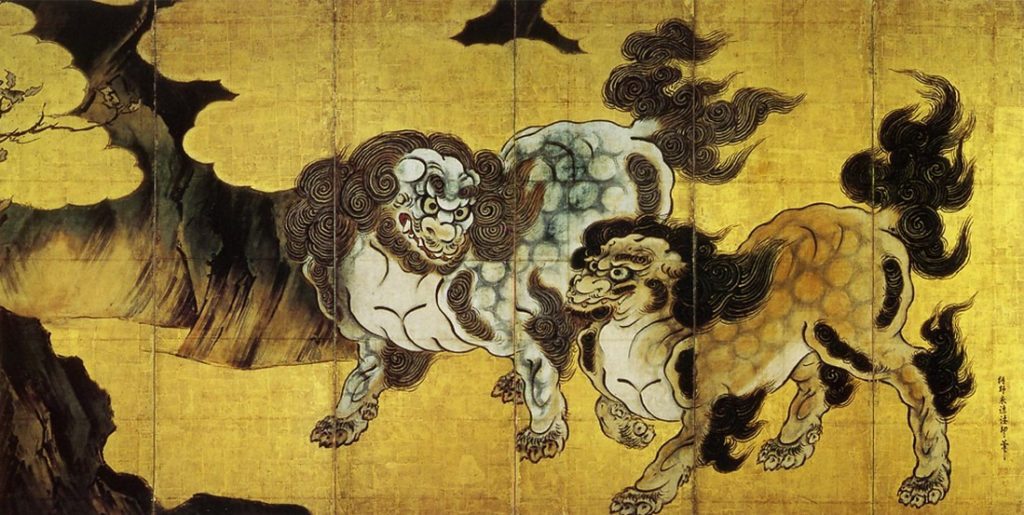
Kano Eitoku – [1], Public domain, https://commons.wikimedia.org/w/index.php?curid=4210868
Tanqing Jinan is an amazing book, but it is too old and difficult to read.
So, I translated this into modern language as a hobby.
The original is available for free at the “Digital Collections of the National Diet Library”.
If you want correct knowledge and accurate translation, please buy “Collection of Secrets of Japanese Painting Materials and Techniques”.
Konjo-blue(dark blue)
This paint is a mineral.
It is lapis lazuli blue.
It is a kind of rock.
It is the same as Gunjo-blue(azlite).
It is used in Buddhist paintings and other works, but is not found in ordinary painting.
Hohashi Korin used this pigment in many different ways.
How to use this paint.
First, dissolve a large amount of glue in a painting plate.
Put konjac blue in it, crush it with fingers, and pour a lot of water(This water becomes glue water, so you need to have enough of it.)
Then, all the Konjo-blue sinks to the bottom and is completely separated from the glue water.
Put it on the brush and apply it.
The method of applying it evenly is as follows.
First, stir the dark blue with the brush.
When applying the first coat, apply it as if you were applying it in a single layer.
The next time, apply slightly more paint to the brush.
If unevenness is visible, apply several more coats of paint.
Then, a complete coat of paint is applied.
Click here for analog illustrations!
Click here to read the article on Japanese painting!
Previous Article!
Next up!

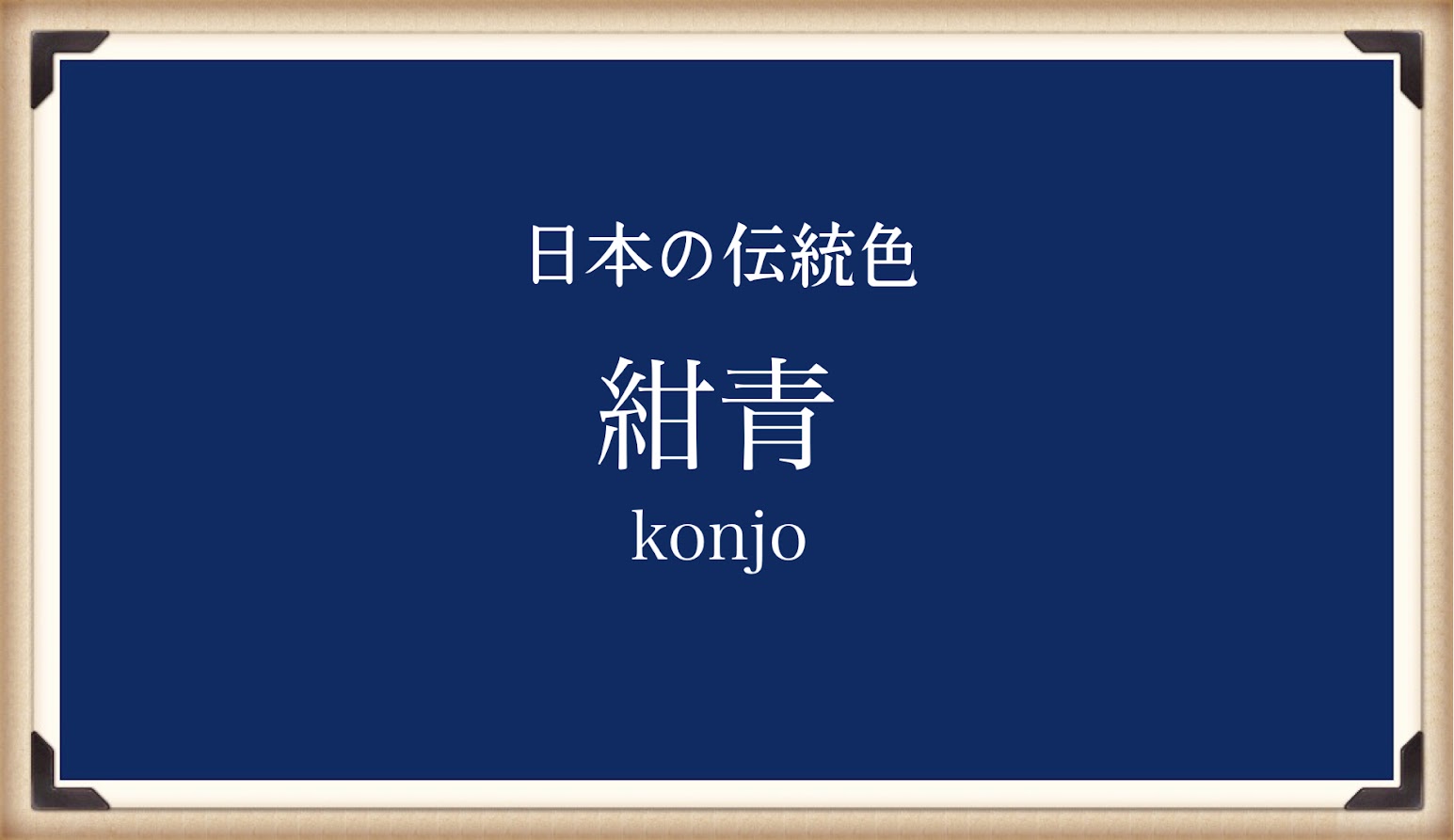
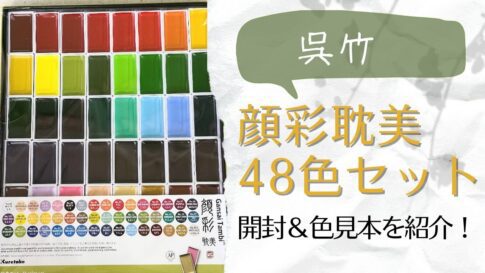
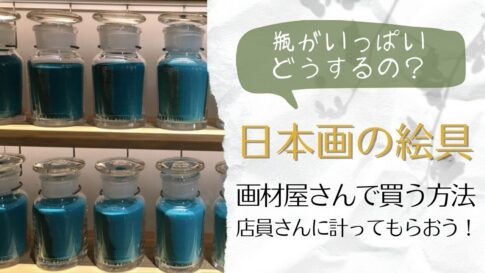
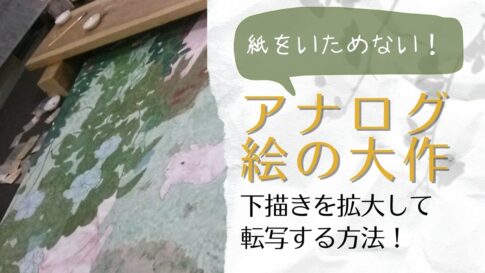
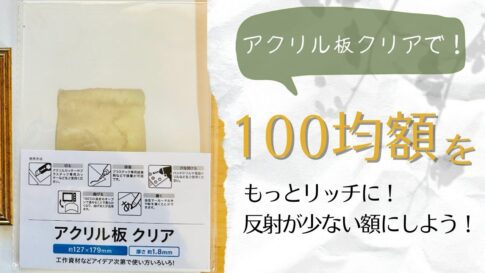
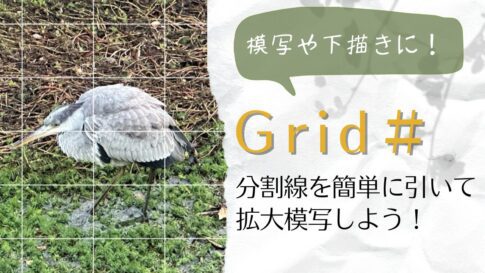
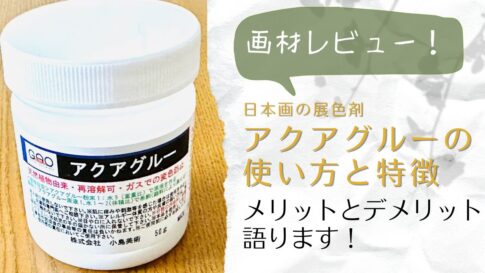










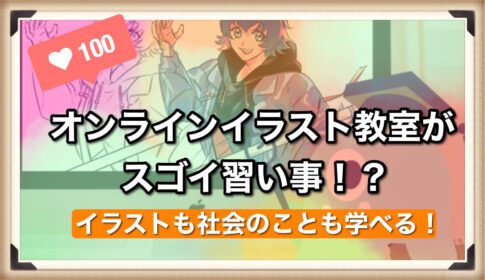







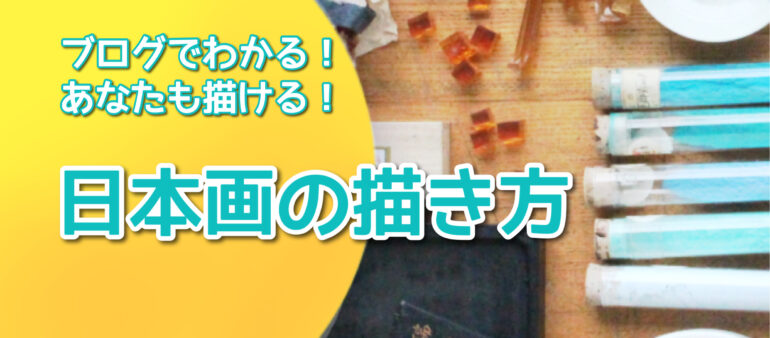
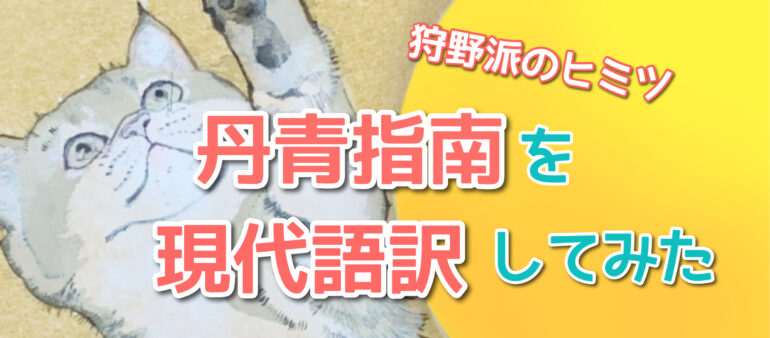
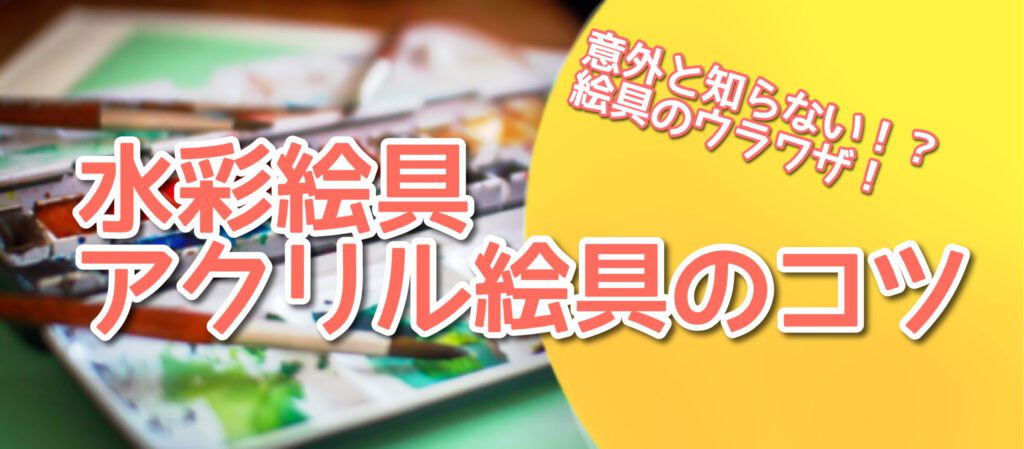
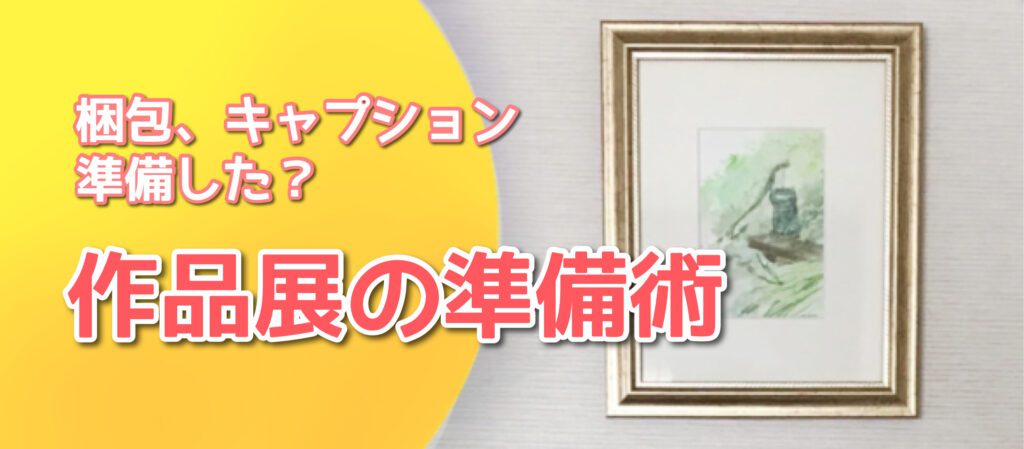
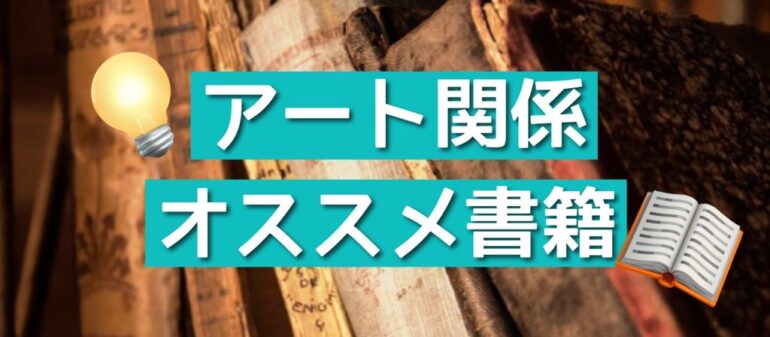
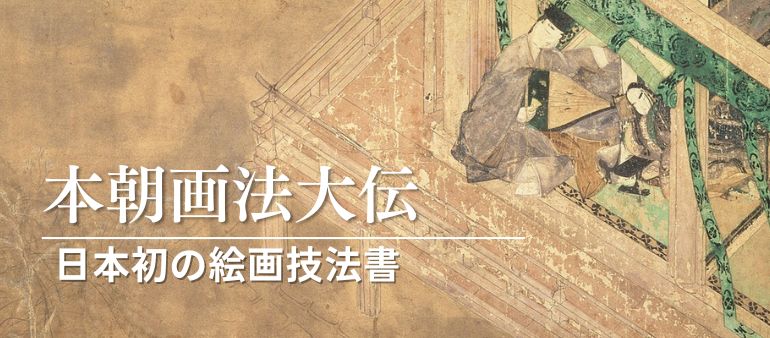

Why did you change the name if they are similar colors?